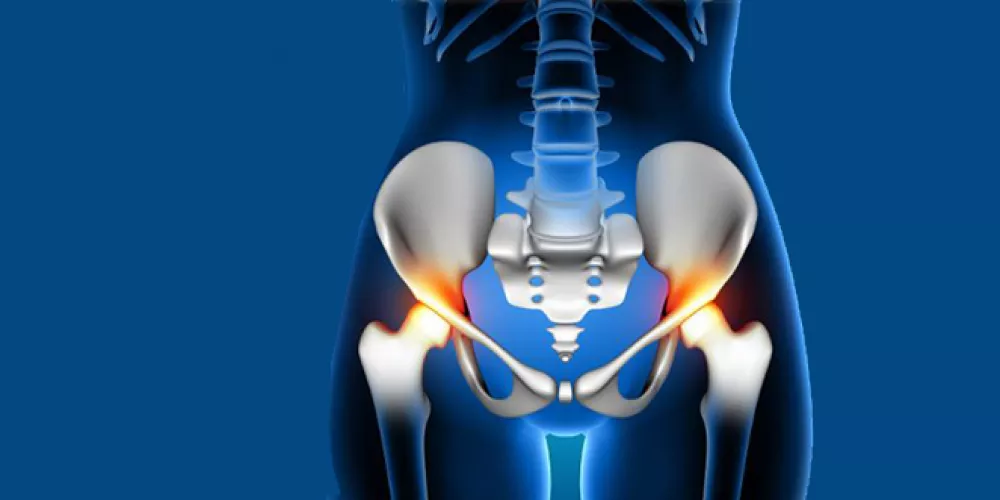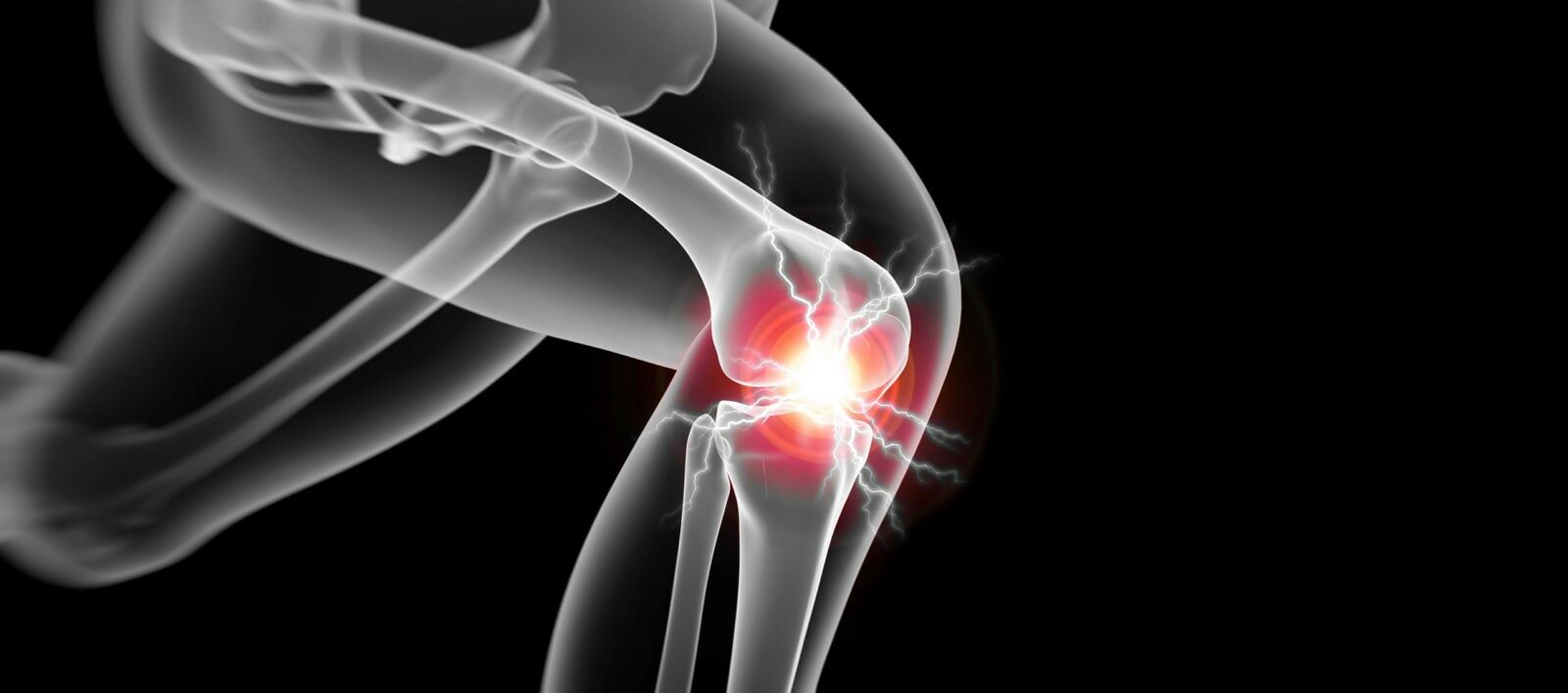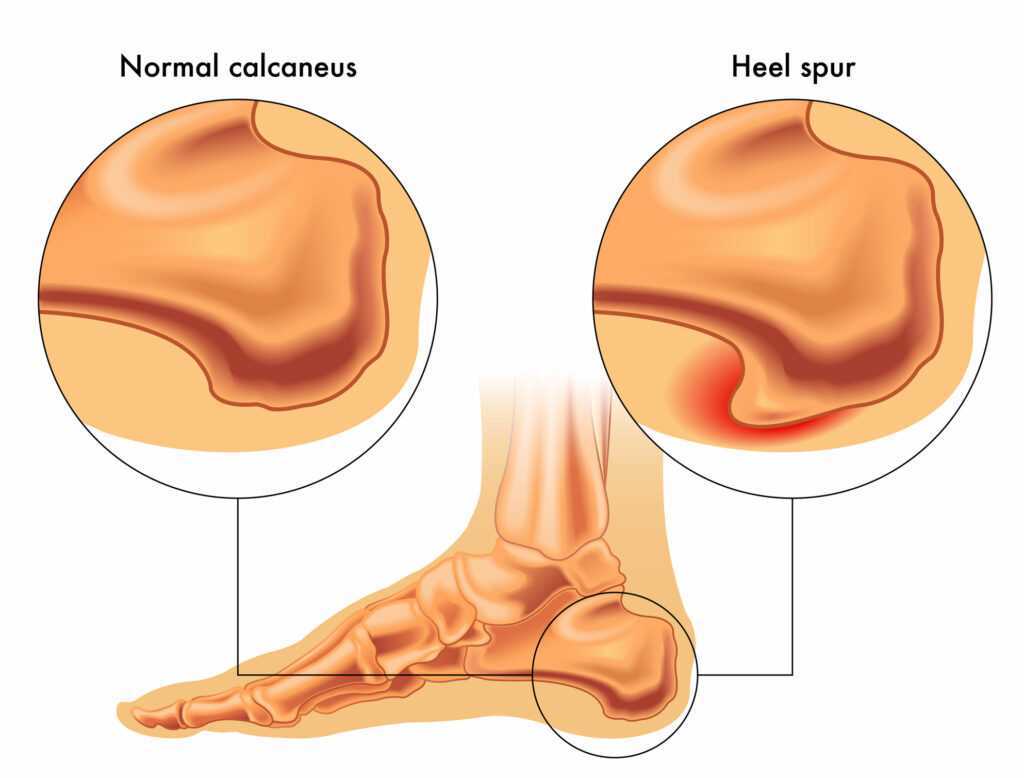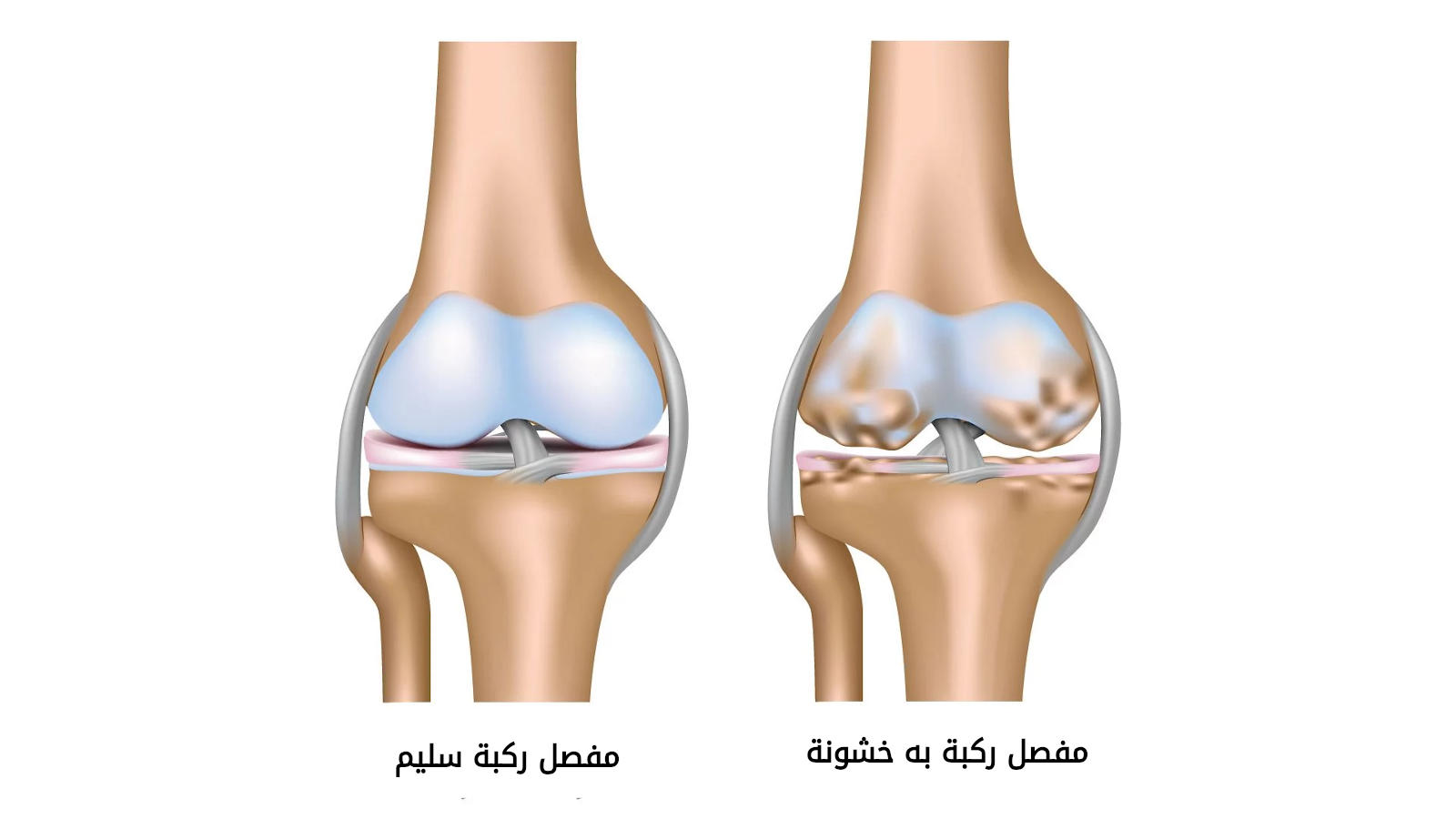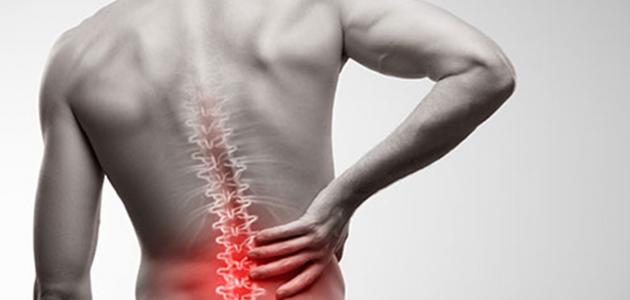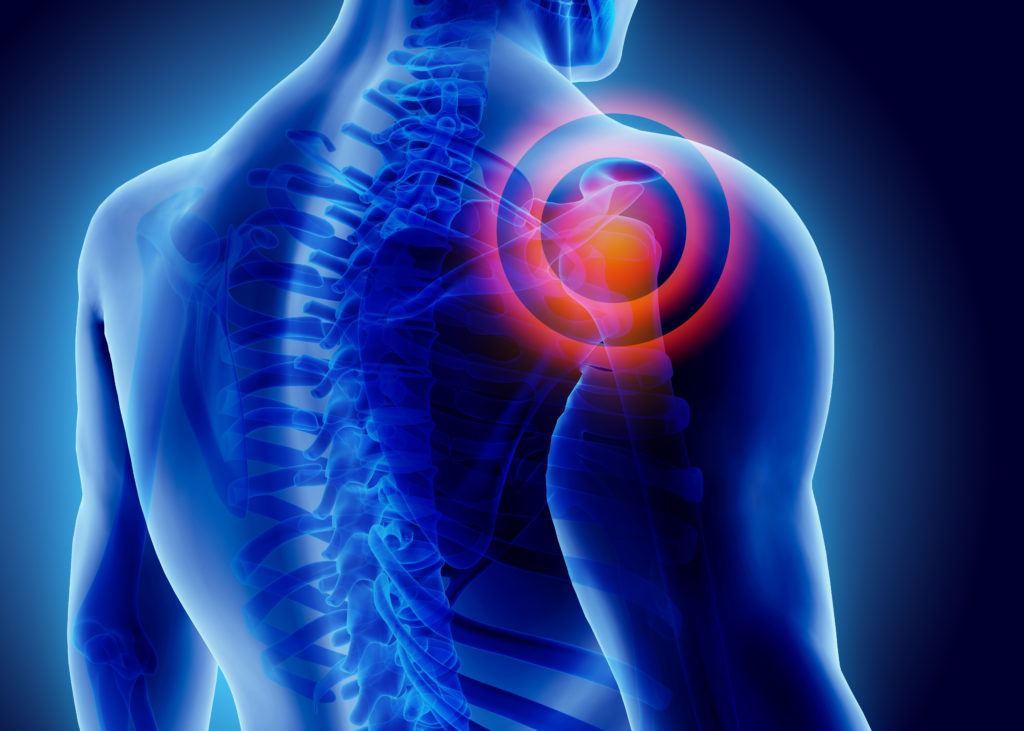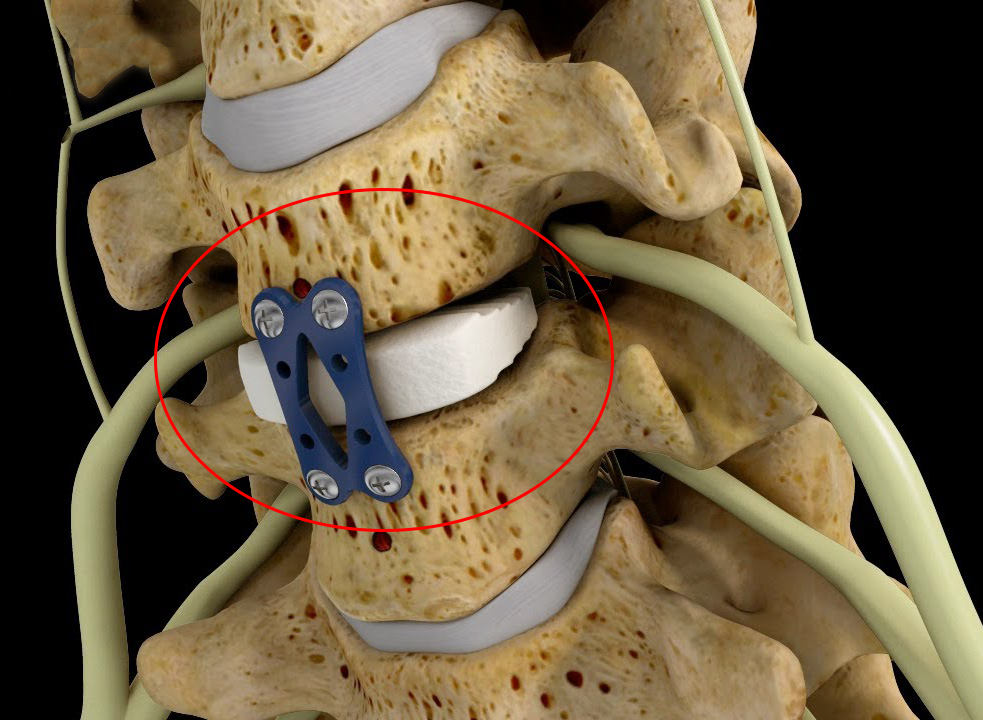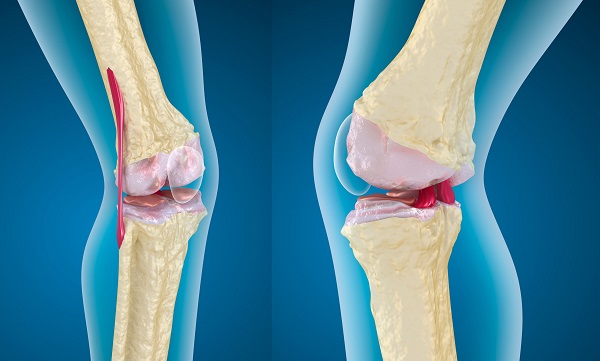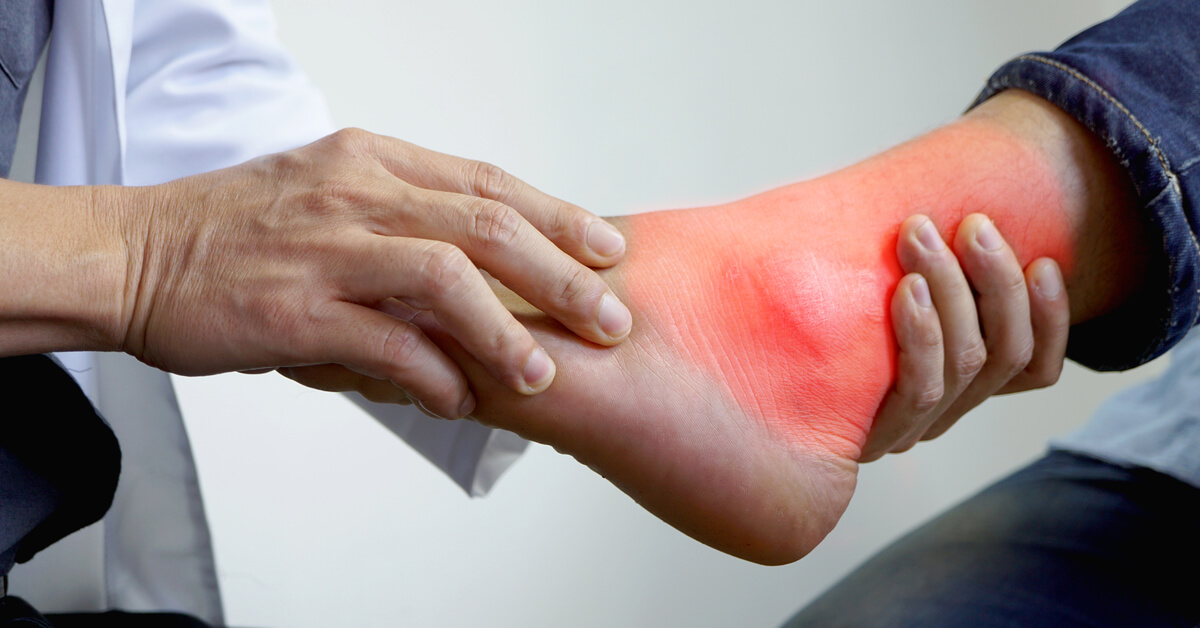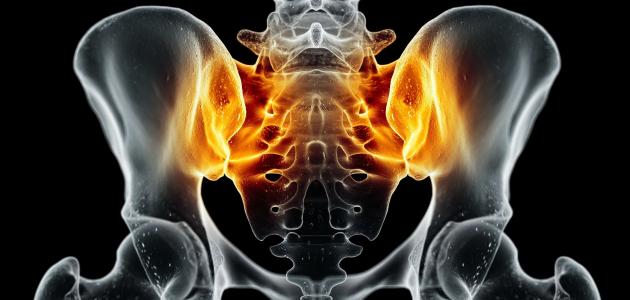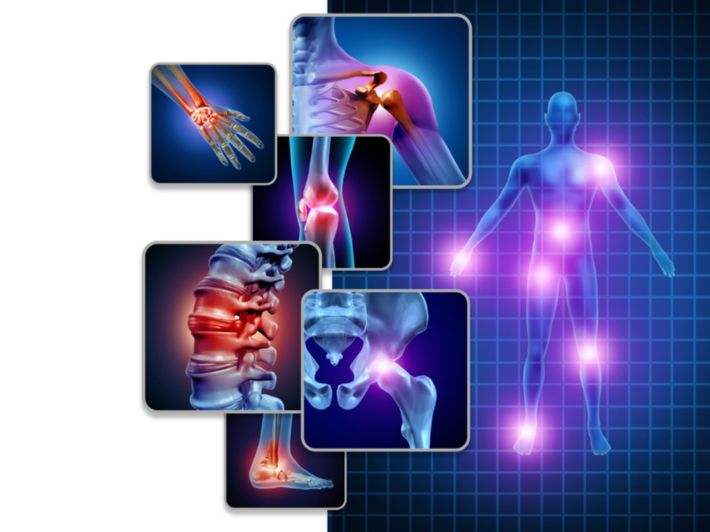Learn about the pain management doctor and who is the specialist for leg pain treatment?
Pain Management Doctor, pain management is an important medical specialty for diagnosing and treating chronic and persistent pain. Pain management doctors deal with people suffering from chronic pain such as migraine, muscle pain, back pain, arthritis, and more. Pain management aims to assess the condition and make an accurate diagnosis of the potential cause of pain, then develop a personalized treatment plan to relieve pain and improve the patient’s quality of life. Pain management includes many modalities like medication, physiotherapy, psychological counseling, rehabilitative measures, and more.

Pain Management Doctor
A pain management doctor is a specialist in diagnosing and treating different kinds of pain patients may suffer from. This doctor has the expertise and knowledge to identify the cause of pain and determine the appropriate treatment for the medical condition, whether through appropriate medication or necessary surgical procedures.
About 20% of the global population suffers from chronic pain, which requires a specialized pain management doctor to provide patient comfort and improve their quality of life. This doctor deals with a variety of medical conditions that can cause severe pain, such as headaches, back pain, rheumatoid diseases, and neuropathic pain.
The pain management doctor relies on their professional expertise and extensive knowledge in dealing with different health conditions. They accurately diagnose the condition to determine the appropriate treatment. This doctor also educates patients on pain management techniques and preventive health practices they can undertake to avoid pain in the future.
Additionally, the pain management doctor works with the patient to identify and evaluate the impact of treatment on pain and determine the right strategy to help patients cope with and alleviate pain. This strategy may involve using different pain medications, teaching alternative pain management techniques like physiotherapy, psychological therapy, imagery therapy, and experiential therapy.
Dr. Amro Aml: The leading pain management expert guiding you towards an effective pain-free life.
What Causes Severe Leg Pain?
Many people suffer from leg pain and tension without knowing the cause. Here are the most common potential causes of this problematic condition affecting many individuals:
- Overexertion: Leg pain can occur from overuse and combining factors of strain, prolonged standing or sitting, especially if exercising strenuously without proper body conditioning for such activities.
- Muscle cramps: Muscle cramps involve tightened, tense muscles and feeling of tightness in the legs. The pain can be very severe, impair movement, and make standing difficult.
- Varicose veins: Varicose veins are enlarged veins that can cause swelling and pain in the legs, especially the calves, and sometimes bruised, bluish discoloration.
- Spinal problems: Potential causes of leg pain are lower back issues like slipped discs or pinched sciatic nerves. These can make the leg and thigh feel painful.
- Osteomyelitis: An infection in the bone can cause acute pain when walking or standing. Moving the leg may also be difficult.
- Blood clots: Blood clots in the deep leg veins involve clotting and swollen, painful legs.
- Fibromas: Fibrous tumors are a rare cause of moderate to severe leg pain and swelling where they develop.
Generally, people should seek an accurate diagnosis for leg pain causes. It’s important to maintain overall health with proper exercise, balanced nutrition, and healthy lifestyle habits to avoid conditions that can affect the legs.
Discover comfort and improvement with Dr. Amro Aml, the optimal choice for comprehensive, effective pain management.

Leg Pain Symptoms
Leg pain is a common problematic condition affecting many people. It can be a source of discomfort, tension, reduced daily function and activity, disrupted sleep, and more. Here are some common symptoms that may accompany leg pain:
- Feeling of burning or cramping in the calf (posterior leg muscle).
- Throbbing pain that occurs with walking or prolonged standing.
- Swelling and redness in the legs.
- Numbness or tingling sensations in the legs.
- Pain may be accompanied by a loud “popping” sound.
- Some people feel their leg is heavy, tired, and weak for no clear reason.
- The leg may appear swollen and misshapen.
Leg pain can involve various sensations like throbbing, acute, chronic, etc. Potential causes include:
- Tear in the tendon attaching calf muscles to the heel bone.
- Injury to the leg from daily activities or sports.
- Arthritis.
- Varicose veins.
- Osteomyelitis.
- Iron and mineral deficiency.
- Ruptured Achilles tendon.
With diverse potential leg pain causes, it’s best to visit a specialist for diagnosis and proper treatment planning. Lifestyle habits like a healthy diet, exercise, and risk reduction can help prevent leg pain.
Eliminate pain and restore vitality with Dr. Amro Aml, the leader in pain management.
What are the risk factors for leg pain?
Leg pain is one of the common health problems that many people suffer from, and there are many causes that cause this type of pain. Among the common causes for many people are risk factors. In this article, we will discuss the most important of these factors that a person should be aware of.
- Peripheral artery disease: Peripheral artery disease is one of the most prominent factors that cause leg pain. The fatigue that a person feels in their legs may be due to narrowing of the leg arteries, and the rate of this disease is 10-15% of people who suffer from leg pain.
- Loss of physical activity: Loss of physical activity is one of the factors that should be considered by people who suffer from leg pain. Not exercising regularly can lead to narrowing of the arteries in the legs and exacerbating leg pain.
- High blood pressure: High blood pressure is one of the factors that cause leg pain. High pressure can lead to hardening of the arteries in the legs and also reduce blood flow to the legs, which ultimately leads to severe leg pain.
- Diabetes: Diabetes is one of the factors that cause leg pain. Severely elevated blood sugar levels affect body tissues and organs, including nerves and blood vessels, which ultimately leads to severe leg pain.
- Smoking: Smoking is one of the factors that cause leg pain. Nicotine intake can lead to narrowing and deformity of blood vessels, which ultimately leads to severe leg pain.
- Flat feet or foot arch: Flat feet or foot arch is one of the factors that predispose a person to leg pain. This leads to uneven loading of the legs and ultimately leads to leg pain.
- Muscle inflammation: Muscle inflammation may be the cause of leg pain. Pain in the legs can be exacerbated by a disorder in the leg muscles that may swell and become inflamed, causing severe leg pain.
- Use of some medications: The use of some medications can lead to leg pain, as in the case of Parkinson’s patients who take drugs called “dopamine agonists” which can lead to leg pain.
In general, the causes of leg pain depend on the health condition of the person and there may be other causes of pain. It is always advisable to see a specialist to determine the exact causes of leg pain and get the necessary treatment.
Get more diverse information about the success rate of flat foot surgery in this article.
Dr. Amro Aml provides innovative and effective solutions for treating pain and improving your quality of life.

Complications of leg pain
Leg pain can cause many health complications that affect the daily quality of life of patients. In this article, we will shed light on the most common complications that can develop as a result of leg pain.
- Leg swelling: Leg pain can cause fluid accumulation in the leg veins, leading to swelling and inflammation of the leg. If left untreated, it can lead to the development of a blood clot, which is a serious disease that can lead to clotting in the blood vessels.
- Muscle weakness: Severe leg pain can affect daily movement, and thus can cause weakness in the leg muscles. This weakness can make it difficult to move, climb up and down stairs, and drive.
- Muscle spasms: Some patients may experience leg muscle spasms. This problem can cause severe pain and difficulty moving and can affect patients’ daily quality of life.
- Blood vessel constriction: Some people may suffer from blood vessel constriction in the leg. This disease leads to narrowing of the blood flow, which can cause severe leg pain. This condition can lead to changes in skin color and hair loss in the leg.
- Nerve constriction: Leg pain can lead to nerve constriction. This disease can cause severe leg pain, muscle cramps, and can affect patients’ daily quality of life.
- Blood clots: Leg pain can lead to blood clots. This is a serious disease that can disrupt blood flow to vital organs and pose a life-threatening risk. This problem can develop as a result of fluid accumulation in the blood vessels in the leg.
- Respiratory impairment: Due to severe leg pain, complications in the respiratory system may occur, especially if the problem is not treated in a timely manner. These issues may include shortness of breath and breathing difficulties.
Finally, the doctor should be consulted if leg pain persists for a long time without improvement, especially if there are signs of blood clots or swelling in the leg. Early diagnosis and proper treatment are crucial to reduce health complications from leg pain.
Benefit from Dr. Amro Aml’s extensive experience in providing advanced, specialized pain treatments.
How can leg pain be treated?
Many people suffer from leg pain, whether acute or persistent, due to various factors including injuries, general illnesses, intense athletic training, etc. Accordingly, people look for natural treatments that help relieve leg pain. In this article, we will talk about how to treat leg pain as well as some tips to avoid leg pain in the future:
- Ice application: Using ice on leg pain is one of the easiest ways to get relief. Ice can be used to reduce muscle injuries, speed up healing. Be sure to apply ice to the injured leg area for 15-20 minutes in the first hour after injury, making sure there is a barrier between the ice and skin.
- Physical exercises: Physical exercises can help relieve leg pain. These include exercises that strengthen leg muscles, calf stretches, and general stretching exercises.
- Massage: Massage is beneficial in treating muscle pain after exertion and myofascial pain. It helps improve blood flow to the muscles and relieve muscle spasms.
- Rest: One of the basic ways to treat leg pain is rest. Some people think that when they feel leg pain, they should keep moving. But this is not true. The leg should be allowed to rest for at least a short period, and strenuous athletic activities should be avoided for up to several weeks.
- Dietary changes: A healthy diet can greatly help relieve leg pain. It is good to eat foods rich in magnesium, such as dark green leafy vegetables, nuts, and whole grains. Also, adequately nourishing the body with calcium greatly reduces the recurrence of leg pain.
- Compression stockings: When suspecting circulatory or venous disorders, doctors recommend wearing compression stockings. Compression stockings are used to improve blood flow in the legs and keep the blood vessels intact.
- Pain relievers: Pain relievers are used to relieve leg pain. Examples of these pain relievers are ibuprofen, aspirin, and acetaminophen.
In the end, leg pain is a common problem that occurs in many people. But after knowing the natural treatments and preventive measures, this problem can be greatly avoided. The focus should be on maintaining a healthy lifestyle and eating foods rich in minerals and vitamins to prevent recurring leg pain.
Enjoy a unique approach to pain management with Dr. Amro Aml, a trusted expert in treatment.
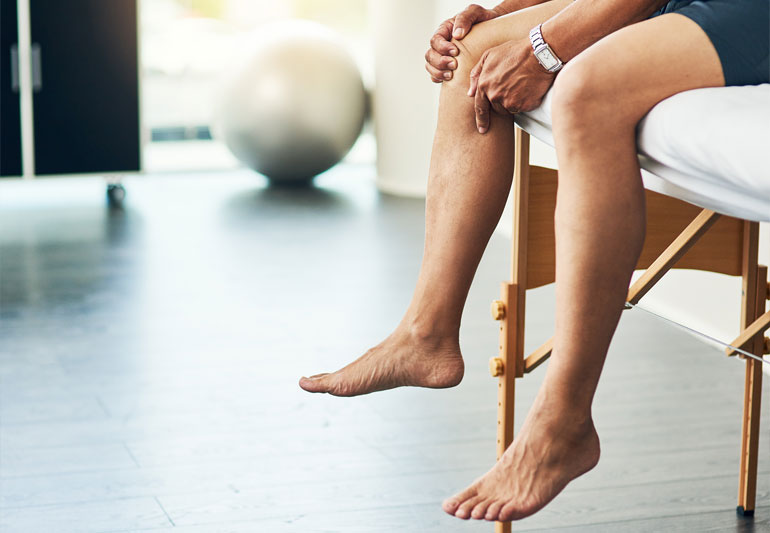
How to relieve muscle strain in the leg?
If you suffer from frequent muscle strain in the leg, this article can help you find the right ways to get rid of it, as there are many factors that can contribute to leg muscle strain, including sports injury, overexercising, overexertion, improper walking technique, or other health disorders. Fortunately, there are a set of ways that can be used to get rid of leg muscle strain, here are seven simple steps to take:
1- Movement and stretching
• Slowly and gently move your leg, and slowly start stretching and moving your leg after warming up the body.
• Sit on the floor and stretch your legs against each other, then strengthen the muscles by extending the feet and moving them.
• You can also lie on the floor and raise your legs up, then move them and stretch your feet towards your head.
2- Walk with suitable shoes
• Be sure to wear comfortable, suitable shoes to avoid excessive stress on the muscles.
• Change body position and slide on the ground properly to improve gait and movement.
3- Use cold water
• Use an ice pack or bottles filled with cold water to relieve muscle tension.
• Place the bag or bottle on the affected muscle area to reduce pain.
4- Gentle stress
• You can practice deep breathing and massage leg muscles after cramp removal, which helps relieve muscle stress.
• Use yoga, water sports or swimming to relieve leg muscle tension.
5- Take painkillers
• You can buy many painkillers that help relieve pain and muscle tension, and you can consult a pharmacist or doctor for recommendations.
6- Consult a doctor
• If the muscle tension increases significantly, this may indicate another health problem.
• Therefore, it is advisable to consult a specialist to determine the cause and treatment recommendations that suit your condition.
7- Prevention
• Do warm-up and stretching exercises regularly to avoid muscle strain.
• Be sure to use proper shoes and check regularly to identify any health problems associated with movement or running.
Does vitamin D deficiency cause leg pain?
There is a strong link between vitamin D deficiency and leg pain. Vitamin D is essential for bone health and strength. It is well known that vitamin D deficiency can lead to osteoporosis, increased risk of falls and fractures, and bone pain. Leg pain appears as a potential symptom of vitamin D deficiency, and the pain may increase in older children and adolescents.
Vitamin D deficiency can cause bowing of the legs or knees, which older adults may experience more due to the skin’s ability to synthesize vitamin D from sunlight decreasing with age. In addition, one may experience joint and muscle pains. Neuropathic pain associated with vitamin B12 deficiency can cause painful spasms at any time of day or only at night.
However, it is important to note that leg pain may be due to other causes such as arthritis. Thus, it is important to consult a doctor to determine the exact cause of pain and prescribe the most appropriate treatment. If vitamin D deficiency is diagnosed, appropriate dietary supplements will be prescribed to correct the deficiency. It is also advisable to increase intake of vitamin D-rich foods like fish, eggs, fortified foods, and dairy to aid bone health and prevent leg pain and other issues associated with vitamin D deficiency.

When is leg pain serious
Leg pain is one of the common things that many people suffer from. However, this pain can be a sign of a serious health problem in some cases. In this article, we will shed light on when leg pain is serious and what are the things that should be paid attention to.
- Leg clot: The first thing we need to talk about is leg clotting. If leg pain is accompanied by swelling in the leg, redness in the skin, this may be a sign of a blood clot. You should go to the doctor immediately, where the diagnosis is made by x-ray and MRI, and treatment depends on the location, size and cause of the clot.
- Muscle tear: Intense exercise or strong movements can lead to muscle tears, resulting in severe leg pain. If the pain increases with movement and it is painful to walk on the affected leg, this may be a muscle tear. You should consult a doctor to determine the extent of the injury and determine an appropriate treatment plan.
- Tendon strain: The tendons consist of strong fibers that connect the muscles to the bones. Tendon sprains can cause severe leg pain. Prolonged strain that persists for a long period of time due to insufficient rest and treatment is the cause of tendon strain.
- Bone inflammation: The erosion of bones due to aging or nutritional problems can lead to bone inflammation. Doctors describe the pain associated with osteomyelitis as severe pain that requires immediate rest and treatment.
- Varicose veins: Varicose veins are one of the most common causes of leg pain, as they lead to blood accumulation in the veins, leading to leg swelling and severe pain. Varicose veins can be treated surgically by removing the dilated veins or through drug therapy.
In the end, leg pain may be a sign of muscle damage, blood clots, or varicose veins, so you should be cautious and pay attention to any warning signs. When you feel sudden pain in the leg, you should go to the medical treatment center and get diagnosed by x-ray, MRI, or blood tests. You should also follow a healthy diet and exercise regularly to prevent the body from being exposed to various diseases and injuries.
Who is the doctor specializing in treating leg pain
Dr. Amr Aml is an expert in treating conditions related to leg pain. Dr. Amr Aml treats joint stiffness and associated pain using various therapeutic methods, including medication, local injection, therapeutic massage. In addition, Dr. Amr Aml uses nerve stimulation techniques and physiotherapy to relieve pain and improve the condition of patients.
As an orthopedic doctor, Dr. Amr Aml is an expert in treating joint stiffness and associated leg pain. He earned a degree of excellence with honor from the Faculty of Medicine, Ain Shams University and is a faculty member at Ain Shams University, where he teaches bone and joint injuries.
Dr. Amr Aml has an impressive record of treating leg pain, as he can treat all types of pain, including acute injury pain, overuse pain, and chronic injury pain. Dr. Amr Aml relies on the latest medical techniques and procedures to treat patients’ conditions. If you suffer from leg pain, you can rely on Dr. Amr Aml to help diagnose and effectively treat your condition. Dr. Amr Aml guarantees to serve all patients with high efficiency and strives to improve their quality of life.

